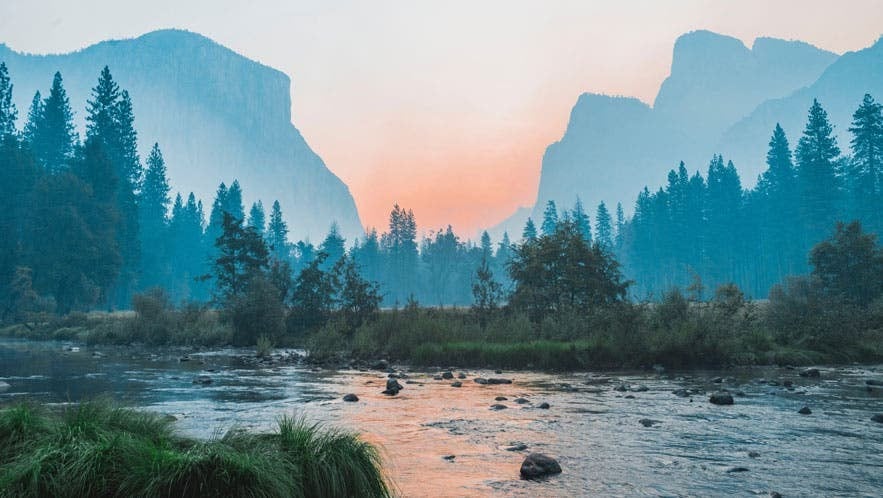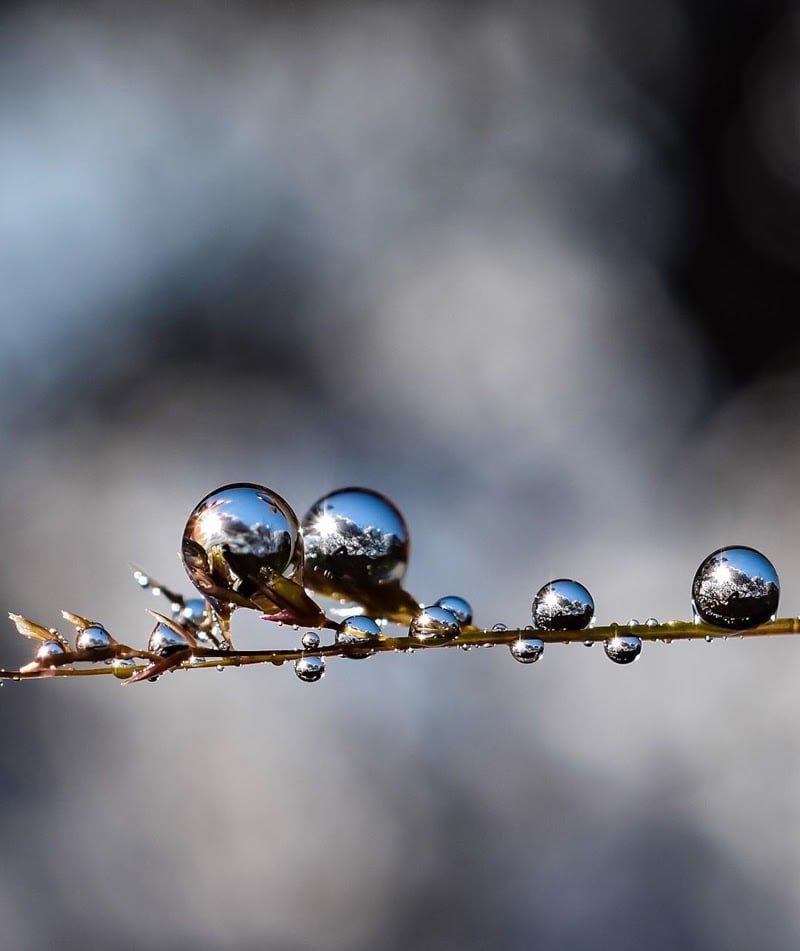I’m totally new to photography and want to get my first camera. I’ll mainly be using it for nature photography while hiking and traveling.
My only focus is on photos of the highest possible quality.
My budget is around $600, and I’ll also need essential accessories, but don’t know what I’d need, like a lens?
Not open to refurbished, as I’m buying in Vietnam.
Start out using your phone. Get enough experience taking pictures that you have a better sense of what you might want in a camera that your phone doesn’t already do. Take at least a few hundred careful, thoughtful shots that way to see what it is that you can and can’t do with the phone. Then come back and discuss your findings in detail and we can make more suggestions.
^ This - Plus “nature photography” is a WIDE category. You need a totally different setup for landscape photography than you do for close up macro photography.
This:

vs. This:

Are both “nature photography” but need different gear and settings.
Figure out what you want to do, then figure out where your current technology limits you.
I actually would really love to do close-up macro photography. What camera would you recommend in a 600-700usd range for that? Can Canon EOS R50 do that?
Like the above user says, start with the macro settings on your phone, take a BUNCH of pictures, then figure out what the limits are and invest in the gear that gets you over those particular humps.
It’s hard for anyone else to guess at what makes you satisfied or not, but if you’re happy with the macro settings on your phone, you can invest in data storage, tripods, bi-pods, etc. for the camera you already have.
https://amateurphotographer.com/buying-advice/best-smartphones-for-macro/
Here’s the thing that stores won’t tell you. It’s not the camera, it’s the cameraman.
Sure, a $100,000 camera is going to have better internals than a $20 disposable camera. But that doesn’t mean you can’t take that disposable camera and get super creative with it.
Take a shitty camera, and just learn. Take 1000 pictures a day. Just take a picture. Study the result. Learn from it. Then ask “Now what could I have done better?”
Study technique. Study framing. Study perspective. Study lighting. Study color balance. A better piece of equipment will make your photo better, but it only goes so far. There’s a platou when it comes to how much equipment performance can compensate for skill.
Once you know what you’re doing, and more importantly WHY you’re doing it, then you can play around in buying equipment for the worlds most expensive hobby. I mean, it’s probably not the MOST expensive hobby, but it’ll damn sure feel like it if you go off buying all these fancy bells and whistles and lenses and filters, but don’t know shit about WHY you would want them.
Play around on the cheap side, hone your craft, and THEN worry about $600 cameras.
Some will say to use your cell phone, and yeah, that’ll do some good. There’s merrit to that for sure. But I suggest buying a basic used body and lense for $50 and not complaining about how much shit its performance is. Adapt to it. Learn from it.
Can you recommend a few specific camera models?
I feel like you aren’t reading anything anyone is saying here. Go with canon, nikon, sony, or panasonic. Best of luck.
Asking for image quality as your only target is meaningless here, a camera that has excellent highspeed performance may be terrible in low light. A camera is constantly balancing three points, shutter speed, ISO and apature, a good camera lets you easily manage them all.
Ok, other people have posted some excellent comments, I am here to point you in the right direction when you have decided to actually get a new camera.
For context, I am an IT technician with an interest in photography, I mainly take photos of transportation and infrastructure.
Finally, I live in Sweden and have no idea of what the camera market is like in Vietnam.
Ok, lets start off with some generic recommendations.
If you want to take photos of wild animals you will need a long lens, say 200mm minimum, I have a Sigma 100-400mm supertele zoom lens, I haven’t tried to take photos of real wild animals, only those at Skansen in Stockholm or birds at the train station.
However long lenses are often expensive, so lets talk about lenses other lenses.
Prime lenses have are fixed, the don’t have zoom, they tend to be sharper and weigh less, but they restrict your framing. However they often offer a wide apature, the apature is what restricts the ammount of light being let in when the shutter is open. It also affects the sharpness, the wider the apature, the shallower the depth of field in the photo.
I have a 50mm f/1.8 prime lens in my kit, it is a lovely lens, photographing grass with a super wide f/1.8 can get you some fantastic bokeh.
Ok, so we have discussed supertele zoom and prime lenses, both are fantastic, but you probably don’t want to lug a supertele zoom lens every day, they are quite heavy, and just going with a 50mm every day can be a bit too restrictive. That is where you look at tele zoom lenses.
They are in the range of a maximum zoom of 100-150mm
I have a gorgeous 24-105 f/4 lens as my main lens, now most zoom lenses have a variable apature, this means that as you zoom in the maximum apature you can use will be smaller, ironically, the smaller the apature, the bigger the number.
A fixed apature zoom lens will be more expensive, but gives you more creativity.
Ok, so this is the generic lens recommendations, what should I actually buy?
Well… I have no clue.
Wait, I mean it sincerely!
I have no idea of the market in Vietnam, but some general ideas are:
Micro 4/3, this is a system developed by Olympus and Panasonic, it is a smaller sensor making it harder to take photos with less light, but the weight is much lower, and since it is such a small sensor you need to account for crop factor. This means that every lens you use with the system actually have double the zoom, so a 14-140mm lens becomes in reality a 28-280mm lens.
Olympus has left the camera market, but a new company was spun off to manage the resources they had, OM System.
Panasonic mostly focus on video in the m43 segment these days.
Full frame sensors will give you more light, but are more expensive.
If you are just trying to learn the basics, get a decent superzoom camera, a camera with an integrated lens, they are fine.
Thanks. What do you think of the Canon EOS R50?
Looks like a fine camera, the RF system is excellent and you can upgrade as needed
Get a Sony a6000 and use full manual mode. Crazy to me how many new photographers don’t use full manual controls and don’t understand them.
Yeah. You can also get the cheap 16-50 and 55-210 lenses to give a decent range on what to take photos of.
When you say nature photography are you thinking of landscapes or wildlife or both?
Both. What do you think of the Canon EOS R50?
Any RF mount camera will give you great results but you will be locked into a relatively new and expensive lens system with fewer options for third party lenses. A cropped sensor can be good for wildlife but will also restrict what lenses you can use. I’d recommend something like a 6D which gives you the benefits of full frame sensor and can use EF mount glass without an adaptor.
$600 is not nearly enough to build any sort of kit. I’d recommend
-
buying a fixed, zoom lens camera like a M43 panasonic/olympus for a all round use.
-
a small camera like Ricoh or Sony zv1. They don’t have zoom but similar to using a phone and the small size actually means you’ll carry it often.
By using either of them you’ll learn your own preferences and limitations. Pro tip: buy smaller and lighter gear (cheap isn’t always bad)
deleted by creator
-


